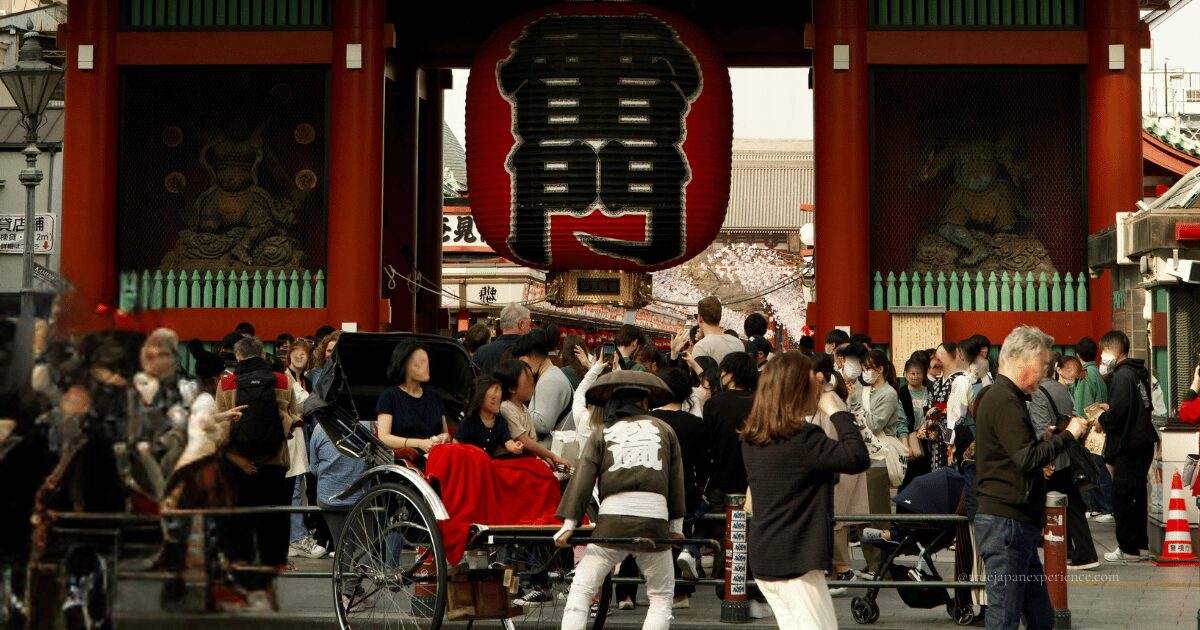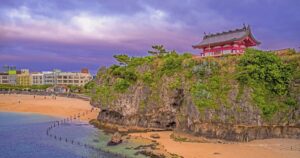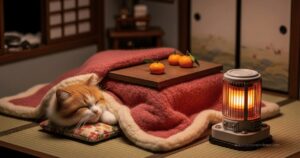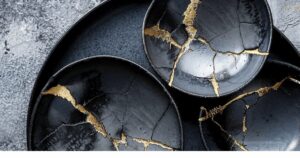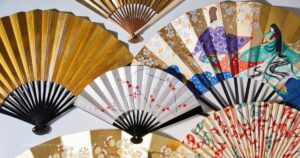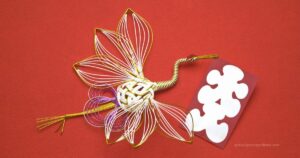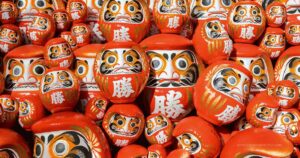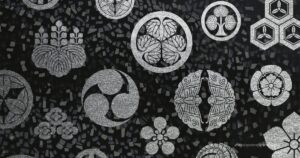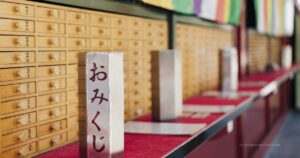Asakusa is a very special place in Tokyo.
You can see old temples, walk on busy shopping streets, and feel real Japanese culture all around you. It is fun, friendly, and full of things to do.
If you want to try something more than just looking around, Asakusa is the best place for it.
You can join many Japanese experiences in Asakusa that are fun, easy, and full of good memories.
Let’s take a look at some of the best things you can try during your visit!
Why Asakusa Is the Best Place for Sightseeing and Japanese Cultural Experiences

Asakusa is one of the most popular places to visit in Tokyo.
It is full of traditional Japanese culture, history, and fun things to do. When you walk around Asakusa, you can see old temples like Sensō-ji, the famous red Kaminarimon gate, and many shops along the Nakamise Street selling sweets, souvenirs, and crafts.
But that’s not all! Asakusa is also close to modern spots like Tokyo Skytree and the shopping mall Solamachi. So, you can enjoy both old and new sides of Japan in one area.
You’ll find festivals, street food, old-style theaters, and even a small amusement park called Hanayashiki. Whether you come for the culture, the food, or the fun, Asakusa is a place where everyone—young or old, local or tourist—can enjoy something special.
Because of its great location and mix of tradition and modern life, Asakusa is loved by many visitors again and again.
If you want to learn more about the heart of Asakusa, be sure to check this guide to its most famous temple:
👉 Visiting Sensō-ji Temple: History, Access, Things to Do & Travel Tips
7 Must-Try Japanese Cultural Experiences in Asakusa for Tourists
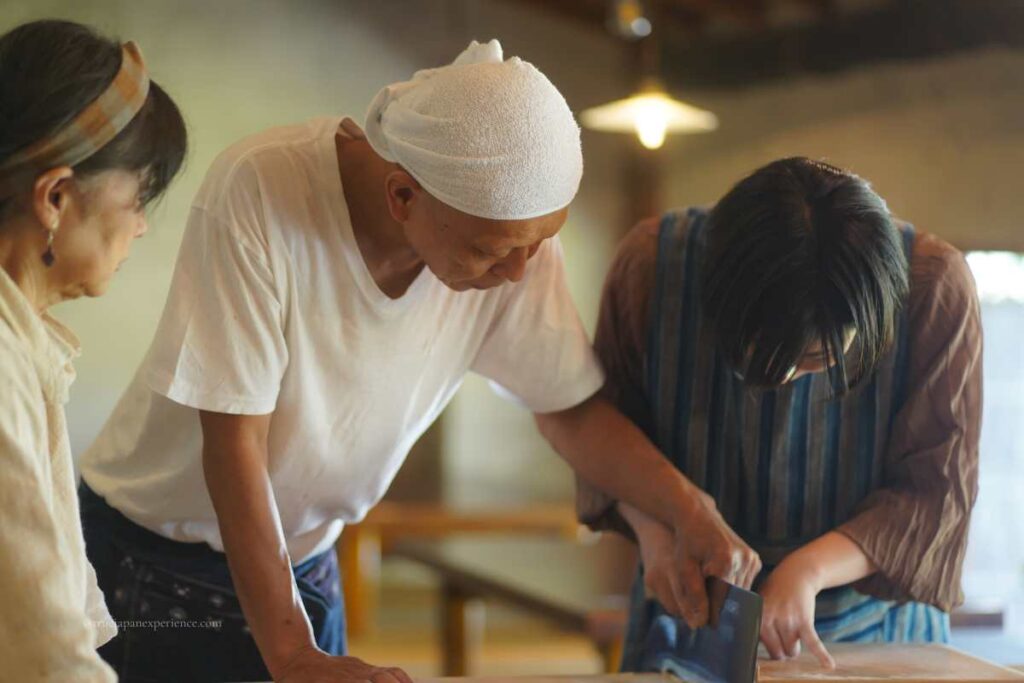
Asakusa is a great place to try real Japanese culture during your trip to Tokyo.
You can wear a kimono, ride a rickshaw, join a tea ceremony, or even make your own sushi. These hands-on experiences are fun, easy to join, and full of memories.
In this guide, we’ll show you 7 must-try Japanese experiences you can enjoy in Asakusa.
Whether it’s your first visit or you’ve been here before, these activities will help you feel the heart of Japan.
Experience 1: Kimono Rental in Asakusa
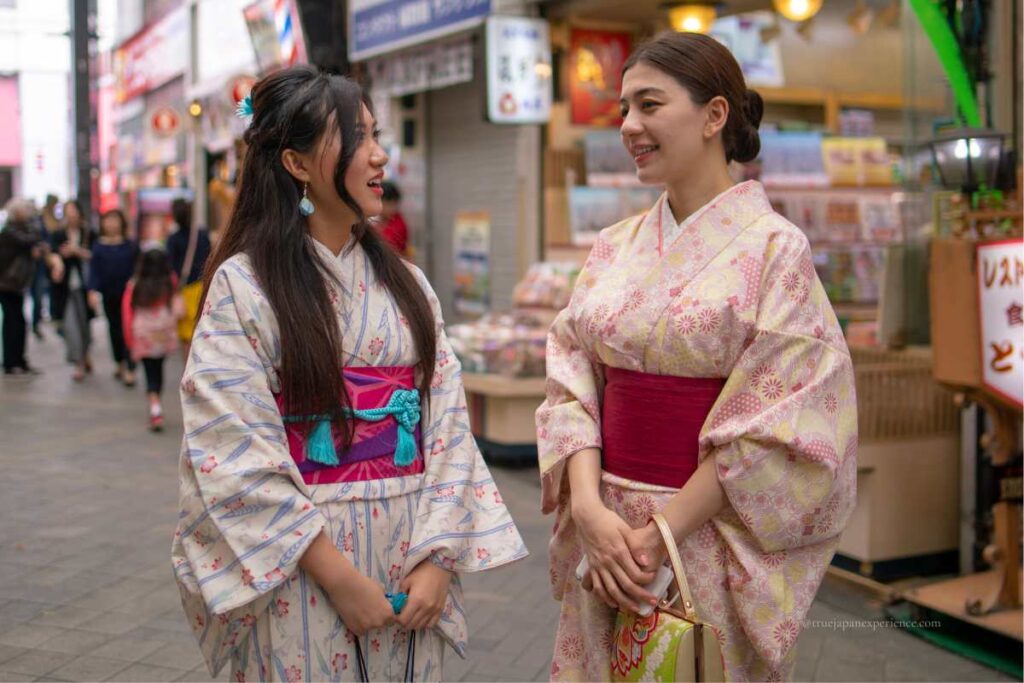
You can find many kimono rental shops in Asakusa. Most places have plans for everyone—solo travelers, couples, families, and even children. Some shops also offer hair styling and help with taking photos.
You can pick from many colors and patterns, from simple styles to beautiful brand-name or antique kimonos. Some shops even let you return the kimono the next day.
Prices may change depending on the plan. For example, adding hair styling or photo service will cost more. But many places have student discounts, couple discounts, or group plans too.
Don’t worry if you don’t speak Japanese. Many shops have staff who can speak English, so it’s easy to ask questions or get help when needed.
Want to learn more about how to enjoy kimono and what it means in Japanese culture?
Check out this helpful guide:
👉 Kimono Rental in Japan: How to Enjoy the Experience and Understand Its Meaning
Experience 2: Make Your Own Food Sample in Asakusa
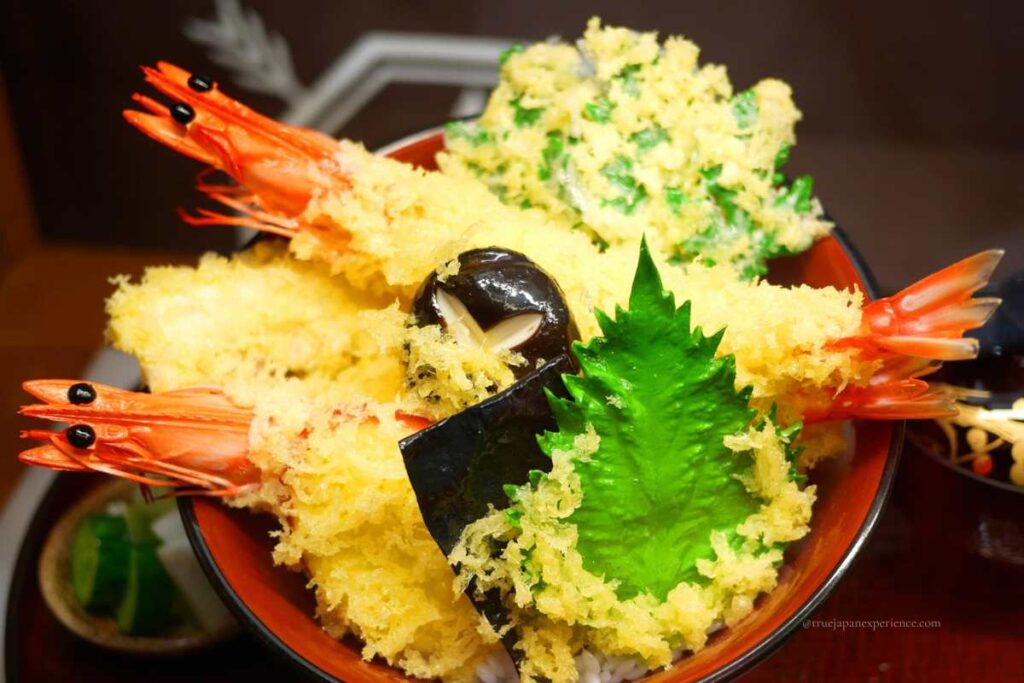
In Asakusa, you can try making your own food samples—fun models that look just like real dishes!
You can make things like omelet rice or spaghetti. These are not for eating, but they make great souvenirs to take home.
A staff member will show you how to make it, step by step. So even if it’s your first time, no problem! Kids and adults can all enjoy this activity together.
Some cafes also serve the real food after you make the sample. You can take fun photos with both!
The class takes about one hour. You can book online, and English instructions are available. Most places welcome children age 6 and up.
It’s a fun and unique way to enjoy Japanese culture—perfect for rainy days too!
Did you know this special art started over 100 years ago in a small town called Gujo Hachiman? This town is famous for making food samples in Japan.
In the summer, Gujo Hachiman also has a big dance festival called Gujo Odori. Everyone is welcome to join, and it’s a fun way to feel Japanese tradition.
If you want to learn more about the festival, take a look at this article:
👉 Gujo Odori Festival Guide: Join the Dance and Feel Japan’s Summer Magic
Experience 3: Ride a Traditional Rickshaw in Asakusa
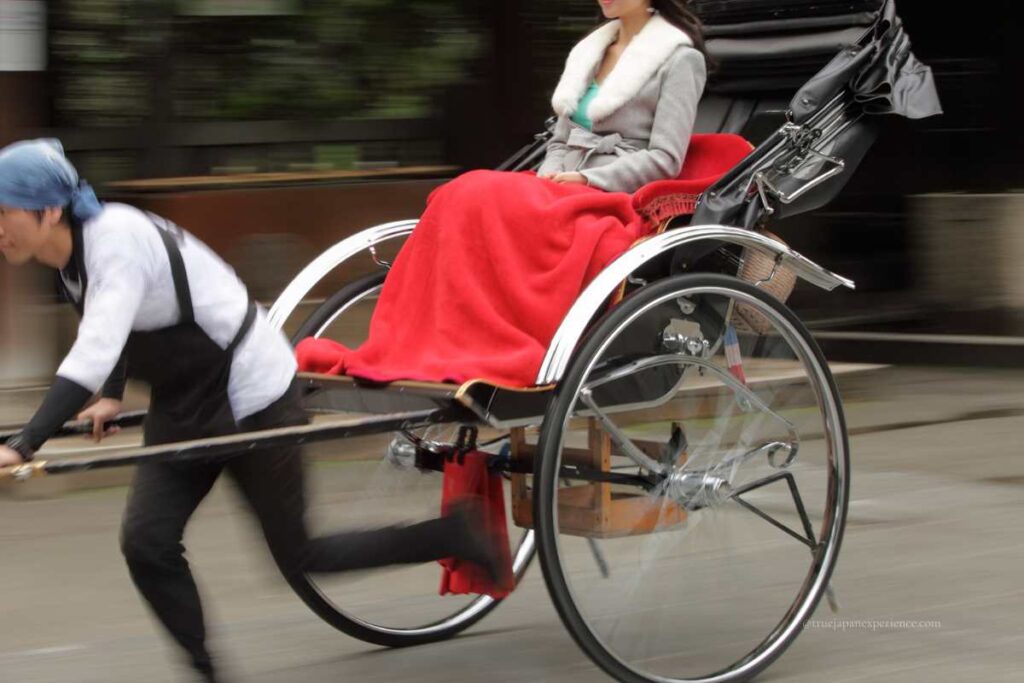
In Asakusa, you can ride a rickshaw through the streets with a local guide dressed in traditional clothes.
It’s a fun way to see places like Sensō-ji Temple, Tokyo Skytree, and hidden spots around town. The guide will tell you about the area’s history in English and stop at good spots for photos.
One rickshaw usually holds 1 or 2 people. Some rickshaws can fit 3 people, but this is not very common. It’s best to check with the company if you are a group of 3.
Blankets and covers are available when it’s cold or rainy, so you can ride comfortably in any season.
The ride can be short, like 10–20 minutes, or longer if you want to explore more.
During busy times—like cherry blossom season or weekends—it’s a good idea to book early.
Experience 4: Join a Tea Ceremony and Make Wagashi in Asakusa
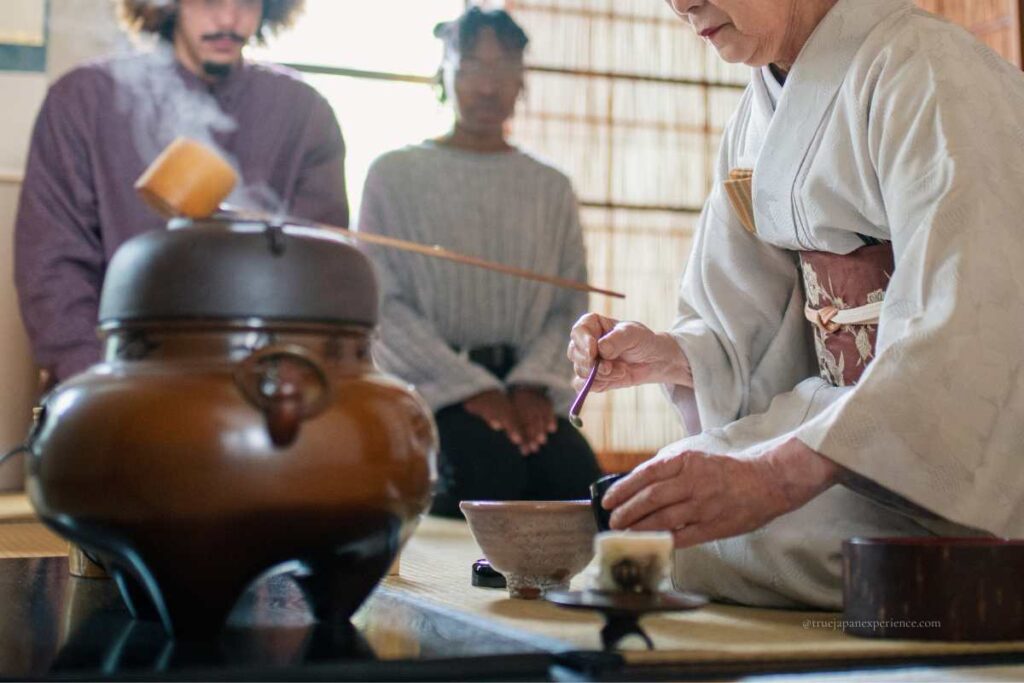
In Asakusa, you can join a tea ceremony and learn how matcha (green tea) is served in Japan. You also get to try wagashi, the colorful sweets often served with tea.
Many places offer lessons in simple English. The teacher shows each step clearly, so it’s easy to follow—even for first-timers. In some classes, you can also make your own wagashi before the tea.
Lessons usually take 40 to 60 minutes. Group and private sessions are both available, and children can take part too.
If you’re curious about the meaning and history of the tea ceremony, this article explains more:
👉 Japanese Tea Ceremony: Meaning, Manners, and How to Experience It
Experience 5: Try Japanese Calligraphy in Asakusa
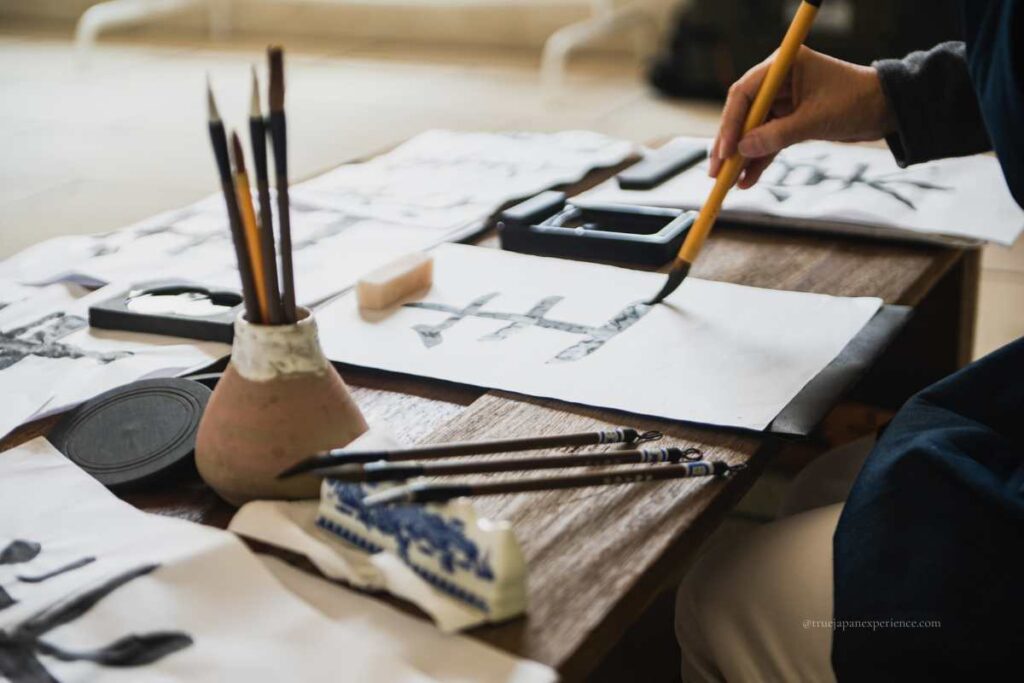
In Asakusa, you can try Japanese calligraphy using a real brush and ink. You choose a word—maybe your name, a favorite symbol, or a simple kanji—and learn how to write it in a traditional way.
The teacher shows you how to hold the brush, make each stroke, and enjoy the quiet rhythm of writing. It’s okay if you’ve never done calligraphy before. The steps are simple, and you can take your time.
Some places also let you wear a kimono during the session, which makes the experience feel even more Japanese.
Most classes take about one hour. When you finish, you can take your artwork home as a special memory.
It’s a great way to slow down, focus, and feel part of a beautiful tradition.
Want to try calligraphy in Asakusa? You can check available classes and book your spot online.
Experience 6: Watch a Rakugo Show in Asakusa
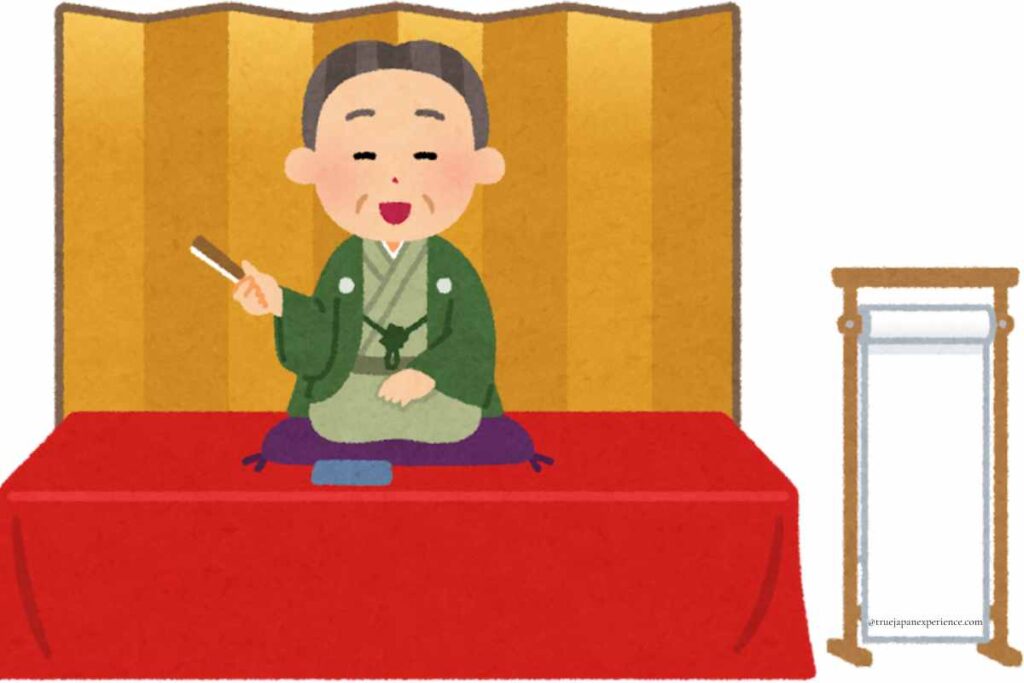
Rakugo is a traditional Japanese comedy where one storyteller plays many characters using just a fan and a small cloth. It’s full of funny stories, daily life, and old-style humor.
In Asakusa, you can enjoy rakugo at theaters like Asakusa Engei Hall. Even if you don’t understand Japanese well, the gestures and expressions are fun to watch. Some shows also offer English explanations or pamphlets for visitors.
Rakugo shows are held every day, and you don’t need to book in advance. Just go to the ticket window on the day. Tickets are sold from 11:00 a.m., and seats are not assigned—so you can choose where to sit. If it’s full, you may need to stand.
Photos are usually not allowed during the show, but you might be able to take pictures before or during breaks.
To find shows with English support or special events for beginners, check the official websites or this English rakugo event guide:
👉 Asakusa Rakugo (English Info)
Rakugo is a great way to experience Japanese culture and laugh like a local!
Experience 7: Learn Sushi Making with a Chef in Asakusa
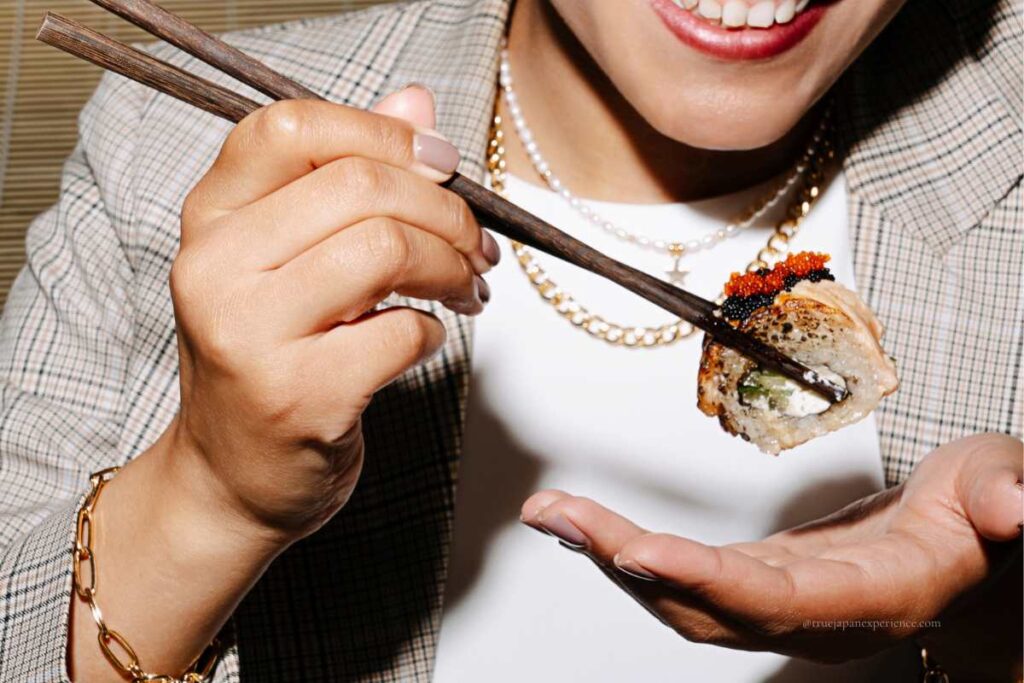
In Asakusa, you can join a class and learn how to make real sushi from a local chef. You’ll try making sushi rolls and hand-shaped sushi, then enjoy eating what you made.
Most classes are beginner-friendly and taught in English. Some places even let you wear a kimono while you cook—perfect for taking fun photos!
The lessons are great for couples, friends, or families with kids. Most classes last 1 to 2 hours, and everything you need is included.
Sushi classes are very popular, so it’s a good idea to book early—especially on weekends or holidays.
Want to try making sushi in Asakusa? You can check available classes and book online in just a few steps.
If you want to learn more about sushi in Japan, check this article:
👉 How to Enjoy Japanese Sushi: Styles, Dining Tips, and Manners
Final Thoughts
Asakusa is one of the best places in Tokyo to enjoy Japanese experiences in Asakusa.
You can wear a kimono, try local arts, make sushi, and learn about Japan’s culture.
These hands-on activities are fun, easy to join, and great for all ages.
No matter where you’re from, Japanese experiences in Asakusa will give you memories to take home.
Try it, feel it, and enjoy every moment!
